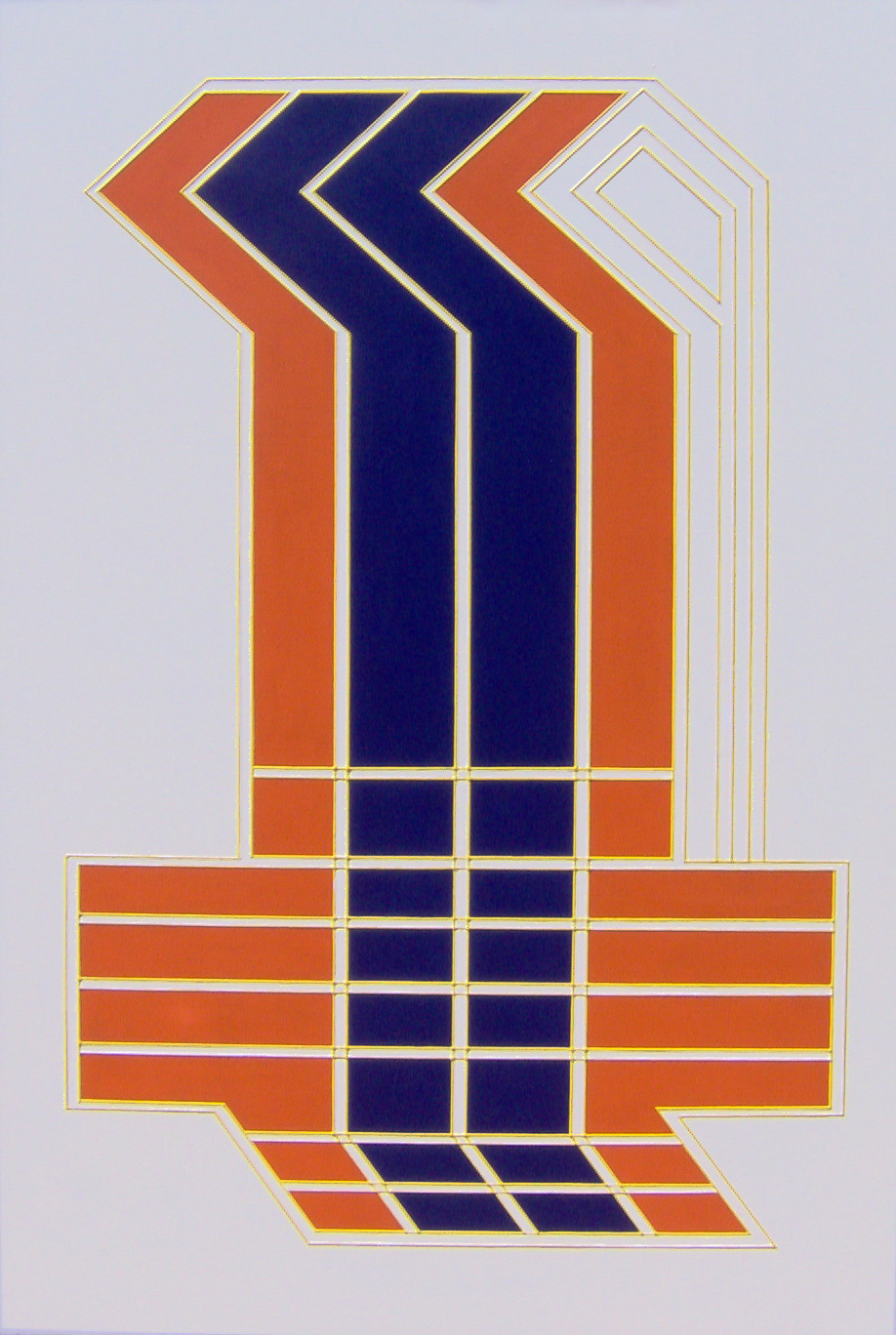1977 – Buenos Aires, Argentina.
Born in 1940 in Buenos Aires, Ricardo Laham trained during the 1950s at the “Manuel Belgrano” National School of Fine Arts, which he left to start working in the workshop of Emilio Pettoruti, which at that time was directed by his disciple Alejandro. Vainstein and Monica Soler Vicens since the teacher, at that time, lived in Paris. Part of Laham’s training took place in Europe. He was there in 1963 and in 1969 thanks to the scholarship awarded by the Georges Braque prize. The artist arrived in Paris for the first time when he was only 22 years old and still in an incipient stage of his formation. On his first trip he was guided by Pettoruti who quickly became his mentor. After the second trip to Europe, he decides to return to Argentina and his work will take a course characterized by the search for a personal identity, a detachment from what he had learned in Europe and an ideological separation from his teacher. In this sense, he found in the universal constructivism of Joaquin Torres Garcia and in pre-Hispanic culture a crucial source for his work. In fact, shortly after his return to Argentina, Laham undertook a trip to Bolivia and Peru in which he deepened his ties to Andean culture by incorporating the stepped form into several of his geometric works. he. In 1973 his work was again awarded the Marcelo De Ridder Prize. In the first half of the seventies, this award was an important milestone of artistic consecration since being selected meant exhibiting at the National Museum of Fine Arts with the consequent visibility in the environment. The awards contributed to establishing its relevance in the local environment, which was accompanied by the approval of Rafael Squirru, who dedicated a monographic study to it in the book Pintura Pintura: 7 Argentine values in current art (1975) and also included it in Argentine art. Today (1983), a compilation of the most significant artists of the decade. If a first instance of his work was marked by the search for an articulated language in relation to an American identity, we observe how the artist progressively frames himself in the specific exploration of the relationships between form and space. As testimony to this plastic process we find a magnificent black and white series where, in some cases, the figure in the center is supported by lines that expand to the sides. This series aroused the fascination of critics who soon recognized him as one of the great artists of the moment: “There are not a few who believe – and I can be counted among them – that the work of Ricardo Laham forms one of the most important geometric works developed in our country.” (Bandin Ron: 1977) Entering the year 84 and within the framework of the return to democracy in Argentina, Laham progressively abandoned his geometric explorations to embark on a path that would lead him to figuration. However, in recent years he decided to return to geometric abstraction in a set of works that explore three-dimensionality and color, constructing current and novel images. In 2008 he was recognized with the Grand Prize of Honor from the National Hall.


 Laham Ricardo
Laham Ricardo